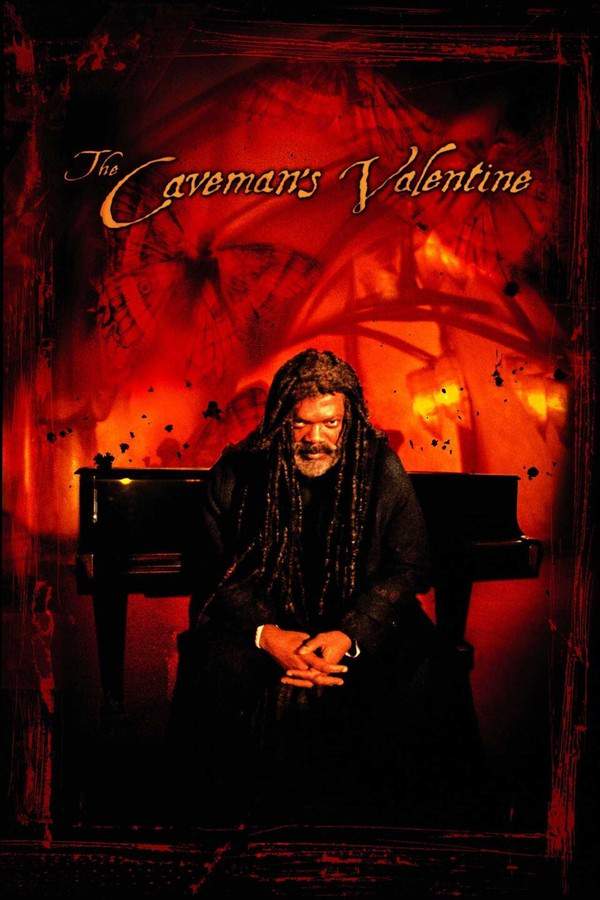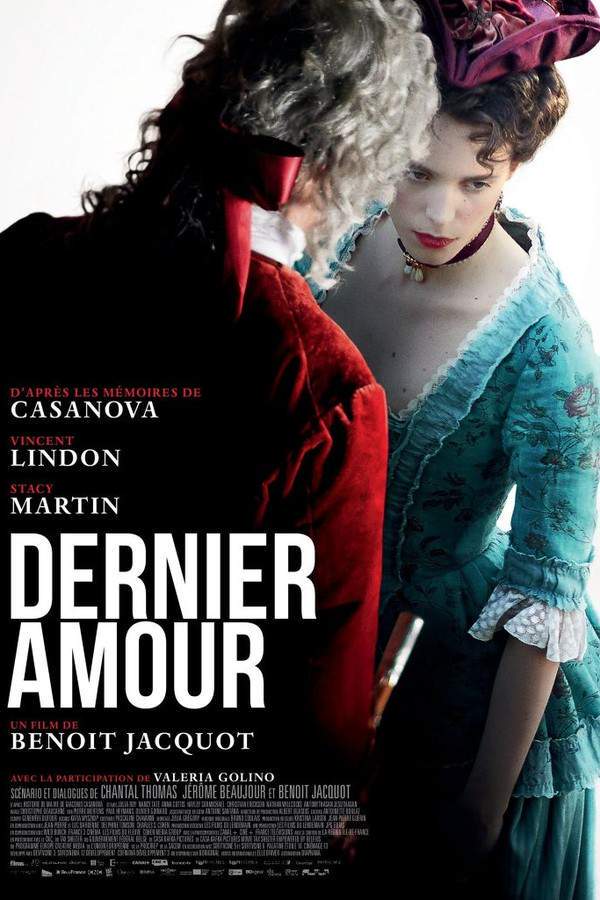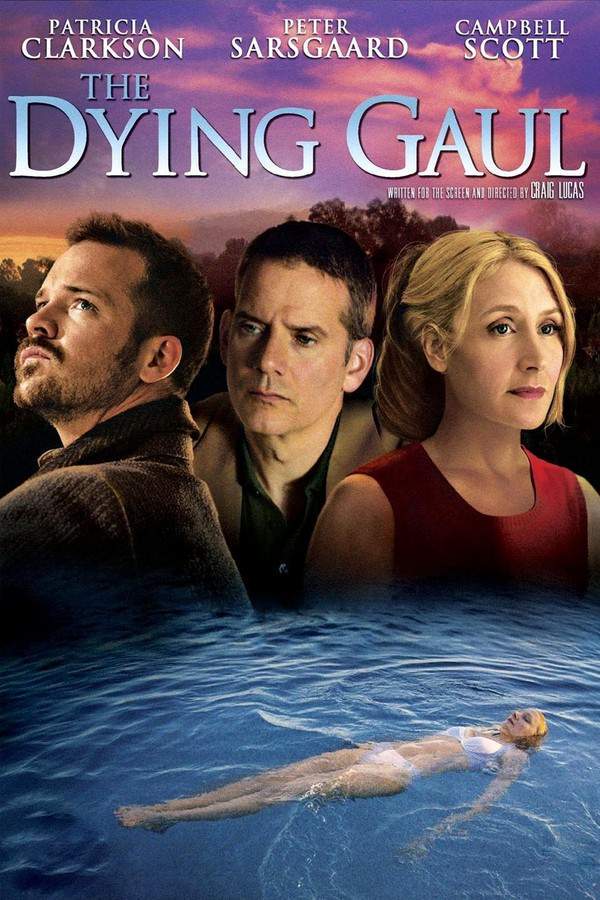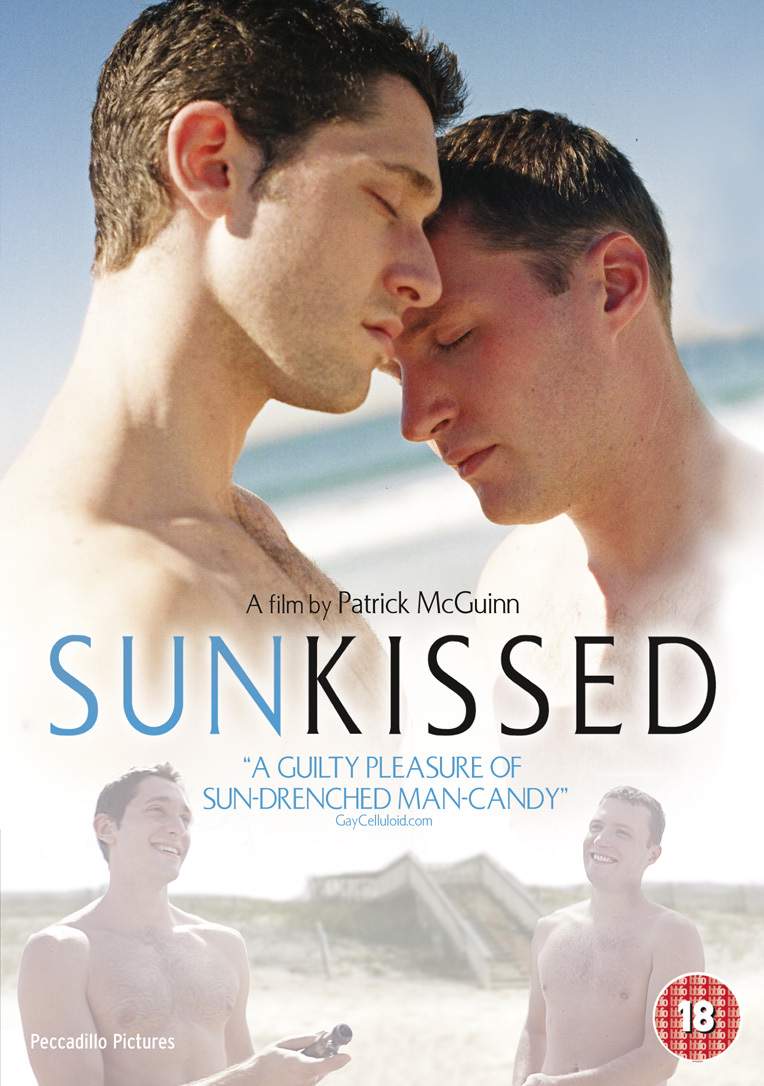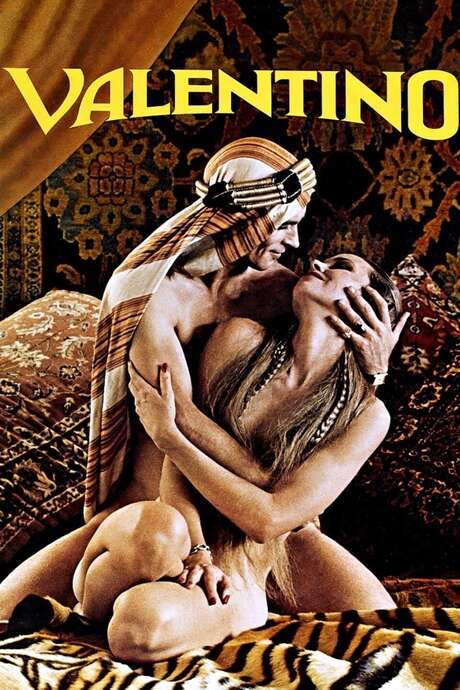
Valentino
Year: 1977
Runtime: 128 mins
Language: English
In life he was a movie star, in death he became a legend. When silent‑screen icon Rudolph Valentino dies unexpectedly, the women who knew him—former lovers, admirers and confidantes—look back on his turbulent climb to stardom, recalling the glamour, the heartbreak and the fierce ambition that made him an enduring myth.
Warning: spoilers below!
Haven’t seen Valentino yet? This summary contains major spoilers. Bookmark the page, watch the movie, and come back for the full breakdown. If you're ready, scroll on and relive the story!
Valentino (1977) – Full Plot Summary & Ending Explained
Read the complete plot breakdown of Valentino (1977), including all key story events, major twists, and the ending explained in detail. Discover what really happened—and what it all means.
In 1926, thousands of fans flood the streets of New York City to mob the wake of Rudolph Valentino, the silent-era icon whose sudden death has left the industry in shock. As order is restored at the funeral home, a circle of Valentino’s most important women arrive to mourn, each presenting a personal memory that unfolds as a vivid flashback.
Bianca de Saulles, Emily Bolton, recalls meeting Valentino when he was still an unknown taxi dancer and gigolo in a city buzzing with talent and ambition. He speaks of a dream: a California orange grove he longs to own, a symbol of a simpler, brighter life beyond the hustle of the New York scene. After mobsters rob Valentino, he resolves to head west, seeking a fresh start. Bianca’s recollection includes a moment when she witnesses Valentino dancing with a male ballet dancer, Vaslav Nijinsky, a scene that hints at the paradoxes of his fame and his artistry.
Next, June Mathis, a young film executive and screenwriter whose unrequited love for Valentino drives much of the memory, travels with him to California. The pair’s volatile dynamic becomes more complicated when he upends Fatty Arbuckle by romantically winning over the starlet next to Arbuckle, which leads to his marriage to actress Jean Acker, a life of luxury and spectacle that inspires Valentino to pursue acting seriously. June’s testimony underlines her role in recognizing his star power and her pride in having helped propel him toward The Four Horsemen of the Apocalypse, a breakthrough that catapults him into superstardom.
Alla Nazimova makes a flamboyant entrance at Valentino’s funeral, giving the cameras a dramatic flourish as she asserts her own version of their history and experience. Her account is followed by her friend Natacha Rambova, Valentino’s second wife, who claims that their bond remains spiritually intact even as they are separated physically. In Rambova’s flashback, she is shown as a key influence during The Sheik era, dancing the seven veils and steering Valentino toward a life off the conventional paths of the studio system. The on-screen tension between Rambova and the studio heads is palpable as they navigate the social mores and business pressures of early Hollywood.
The drama deepens on set, where Rambova and Sidney Olcott take a lead role in directing. A playful moment among stagehands—someone tosses a pink powder puff onto Valentino’s lap while they joke about who is in charge of the on-set power dynamics—sparks a confrontation. Rambova makes it clear that Valentino will not work under Paramount until certain demands are met, and Lasky’s refusal lands the couple in a precarious financial position. George Melford steps in with a practical offer to help book personal appearances for Mineralava, a beauty product, and the arrangement proves to be a practical lifeline that helps them regain momentum.
The tabloid headlines take a personal turn when a newspaper article questions Valentino’s manhood and suggests a sexual ambiguity. Valentino challenges the author to a duel, and Rory O’Neil, a professional boxer, stands in for the reporter. The fight becomes a balletic duel that echoes the Nijinsky era flashback, with Valentino landing a decisive blow that cements his reputation as a fearless performer. Afterward, signs of physical trouble appear: an ulcer begins to erode his health.
A rematch is arranged, this time a drinking contest, and Valentino accepts despite his ulcer. He triumphs again, but the strain worsens his condition, and the ulcer perforates when he returns home that night. He dies in a wrenching, crawling moment, clutching at an orange he had dropped, a final, poignant image of a life lived in vibrant, often reckless color.
Throughout the montage of memories, the mourners reflect on Valentino’s rapid rise, his personal gambles, and the toll of the fame machine. The scent of ambition, romance, and a relentless media glare lingers in each memory, painting a portrait of a larger-than-life figure whose legacy extended far beyond his last day. The stories of Bianca de Saulles, June Mathis, Alla Nazimova, Natacha Rambova, George Melford, Rory O’Neil, and others illuminate the man behind the legend, shedding light on the costs and rewards of becoming a true cinema icon.
- In a moment that captures the era’s fevered ambiance, the memory of Nijinsky’s dance and Valentino’s on-screen charisma collide, suggesting how movement, performance, and public perception intertwined to shape his legend. - The tensions with studio power, the pressures of fame, and the vulnerability behind the public image are all threaded through these intimate recollections, offering a nuanced, multi-faceted portrait rather than a simple chronicle. - The final image—the orange on the floor and Valentino’s desperate reach—rings with melancholy, underscoring the fragile line between triumph and tragedy that defines Valentino’s enduring myth.
Rambova calls the shots in bed, too
The wake becomes a echoed procession of voices, each contributing a different shade to Valentino’s complex legacy, and inviting readers to consider not just the films he made, but the people who shaped his life, the industry that propelled him to superstardom, and the price of enduring fame.
Last Updated: October 09, 2025 at 14:06
Unlock the Full Story of Valentino
Don't stop at just watching — explore Valentino in full detail. From the complete plot summary and scene-by-scene timeline to character breakdowns, thematic analysis, and a deep dive into the ending — every page helps you truly understand what Valentino is all about. Plus, discover what's next after the movie.
Valentino Timeline
Track the full timeline of Valentino with every major event arranged chronologically. Perfect for decoding non-linear storytelling, flashbacks, or parallel narratives with a clear scene-by-scene breakdown.

Similar Movies to Valentino
Discover movies like Valentino that share similar genres, themes, and storytelling elements. Whether you’re drawn to the atmosphere, character arcs, or plot structure, these curated recommendations will help you explore more films you’ll love.
Explore More About Movie Valentino
Valentino (1977) Scene-by-Scene Movie Timeline
Valentino (1977) Movie Characters, Themes & Settings
Valentino (1977) Spoiler-Free Summary & Key Flow
Movies Like Valentino – Similar Titles You’ll Enjoy
The Caveman's Valentine (2001) Story Summary & Characters
Casanova, Last Love (2021) Full Summary & Key Details
The Dying Gaul (2005) Story Summary & Characters
Valmont (1989) Movie Recap & Themes
Sun Kissed (2006) Film Overview & Timeline
A Man in Love (1987) Full Movie Breakdown
Valentino Returns (1989) Full Movie Breakdown
Valentino (1951) Story Summary & Characters
The Lovers of Verona (1949) Spoiler-Packed Plot Recap
The Last Romantic Lover (1978) Full Summary & Key Details
Moonlight and Valentino (1995) Story Summary & Characters
Valentine’s Day (1998) Complete Plot Breakdown
Charlie Valentine (2009) Story Summary & Characters
Sex Love Venice (2024) Spoiler-Packed Plot Recap
Wild Blood (2008) Movie Recap & Themes



